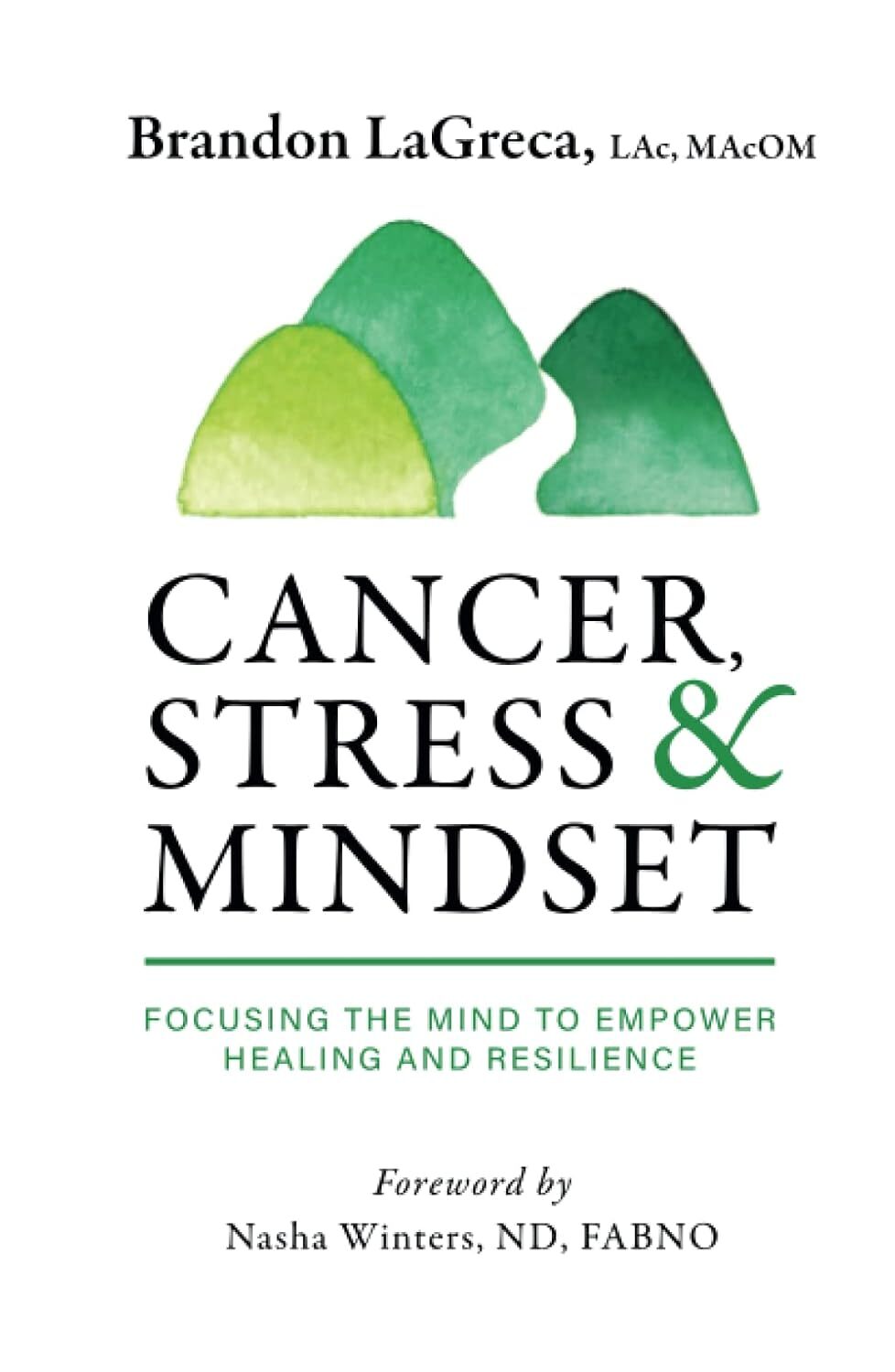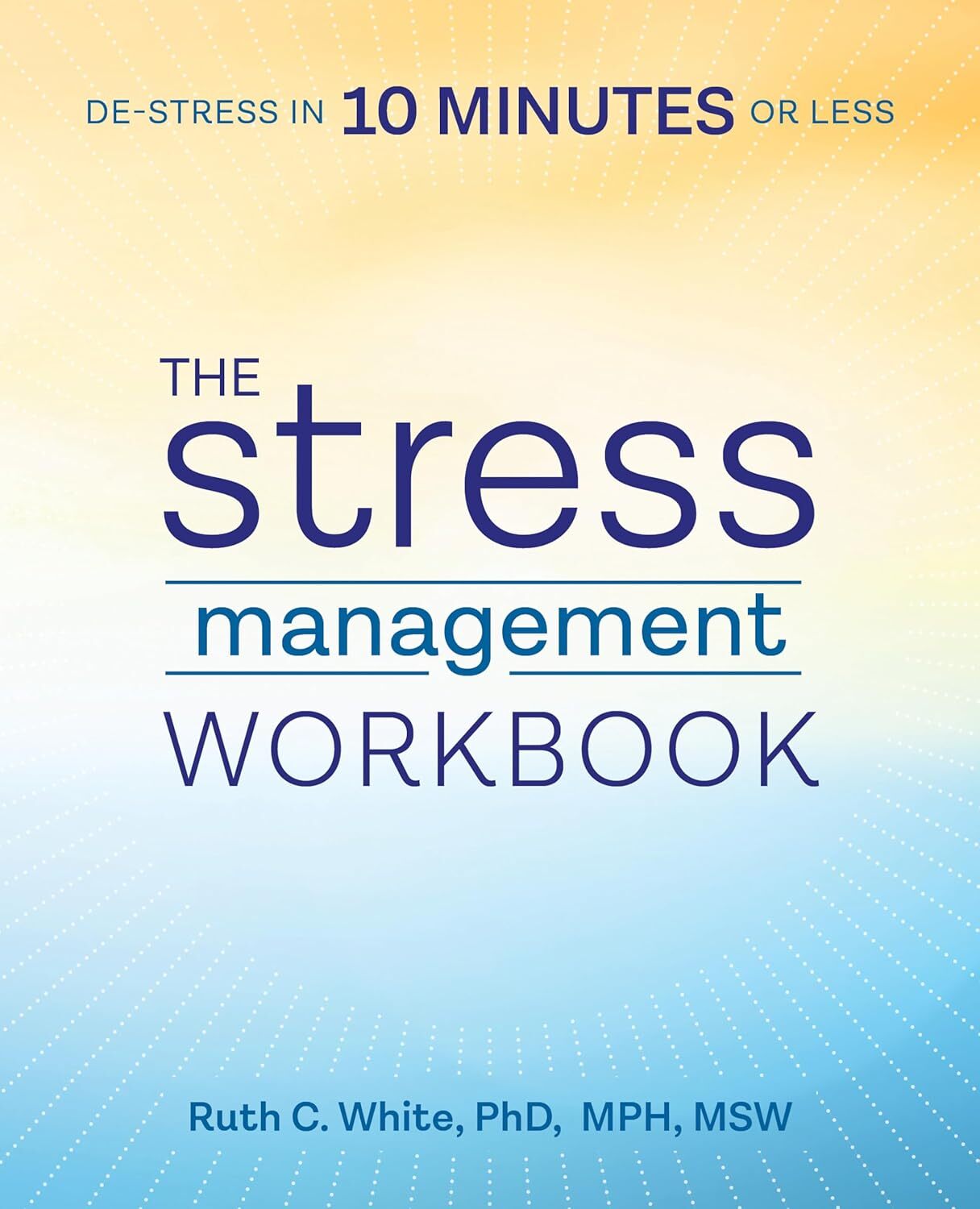Perceived Stress
Stress Assessment to Enhance a Healthier Recovery

Introduction
Perceived Stress assessment evaluates how much stress cancer survivors feel, using tools like the Perceived Stress Scale (PSS-10) to measure perceptions of life’s unpredictability and anxiety. This practice supports recovery by identifying emotional challenges and guiding effective coping strategies.
What You Need To Know
How To Do It
Instructions:
1. Prepare Your Space
Find a quiet, comfortable place to focus. Have a pen, paper, or digital device to record answers. Allow 10–15 minutes for the assessment.
0 = Never
1 = Almost Never
2 = Sometimes
3 = Fairly Often
4 = Very Often
- In the last month, how often have you been upset because of something that happened unexpectedly?
- In the last month, how often have you felt that you were unable to control the important things in your life?
- In the last month, how often have you felt nervous and “stressed”?
- *In the last month, how often have you felt confident about your ability to handle your personal problems?
- *In the last month, how often have you felt that things were going your way?
- In the last month, how often have you found that you could not cope with all the things that you had to do?
- *In the last month, how often have you been able to control irritations in your life?
- *In the last month, how often have you felt that you were on top of things?
- In the last month, how often have you been angered because of things that were outside of your control?
- In the last month, how often have you felt difficulties were piling up so high that you could not overcome them?
0–13: Low stress14–26: Moderate stress27–40: High stress
Helpful Tips:
- Be honest: Accurate answers provide the best insights.
- Start small: Focus on one stress-reducing action if scores are high.
- Use a timer: Avoid overthinking responses.
- Track progress: Journal scores and reflections over time.
- Combine with support: Discuss results with a therapist or support group.
- Stay consistent: Regular assessments help monitor recovery.
- Manage emotions: If the process feels overwhelming, pause and seek support.
- Pair with relaxation: Try mindfulness or breathing exercises post-assessment.
- Be patient: Stress levels can fluctuate; focus on trends over time.
Disclaimer: The information on Survivor Site is for general informational purposes only and is not a substitute for professional medical advice, diagnosis, or treatment. Always consult a qualified healthcare provider before starting any stress management techniques or wellness practices.
Related Topics:
Strongly Related
Reduce Stress:
[Links to related web pages]
[Links to related web pages]
[Links to related web pages][Links to related web pages]
Moderately Related
Issue B:
[Links to related web pages]
[Links to related web pages]












